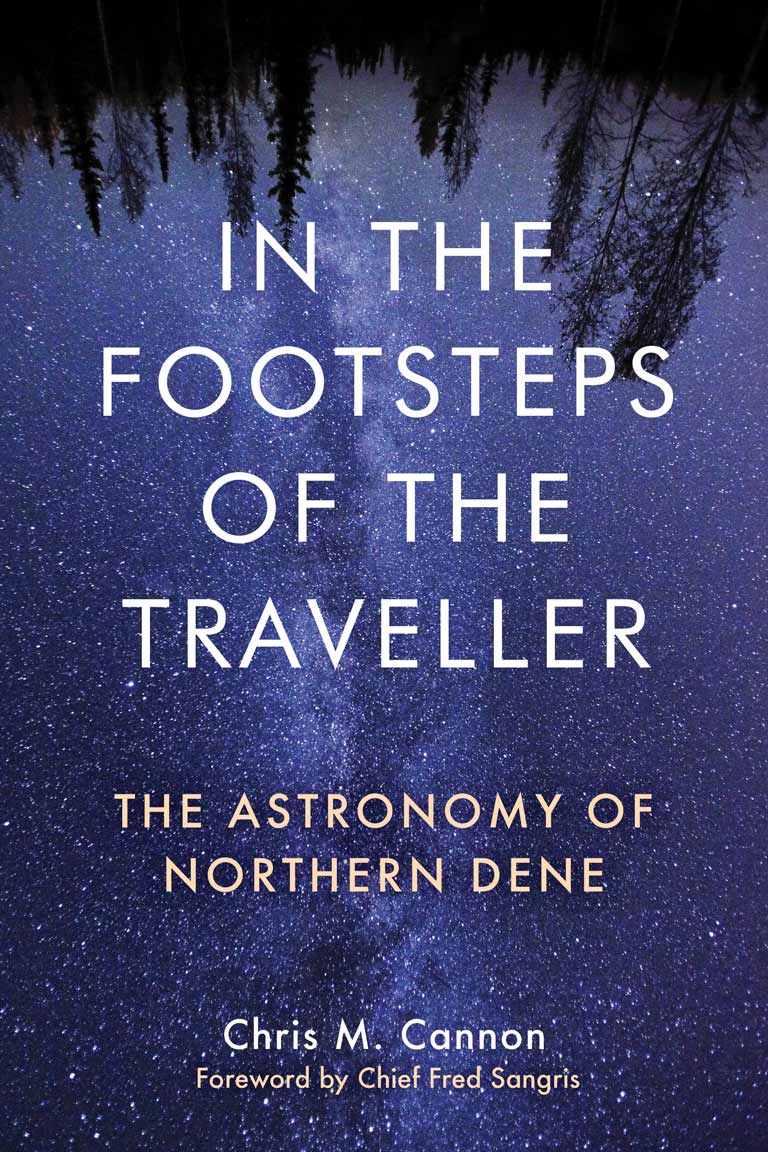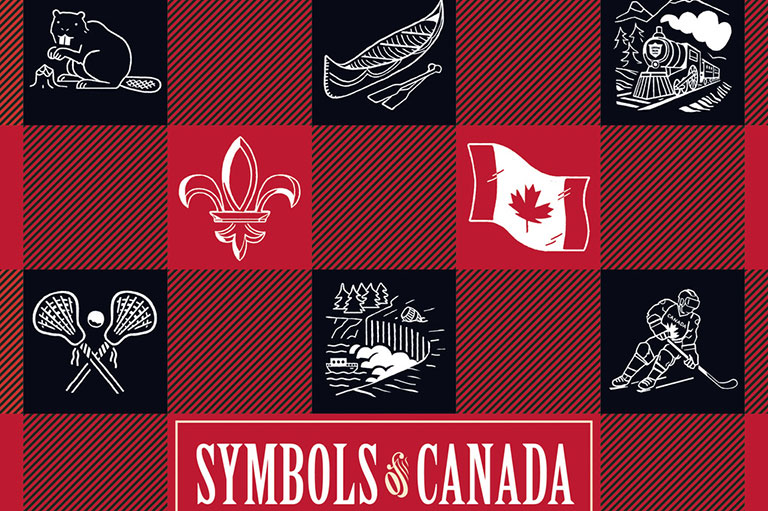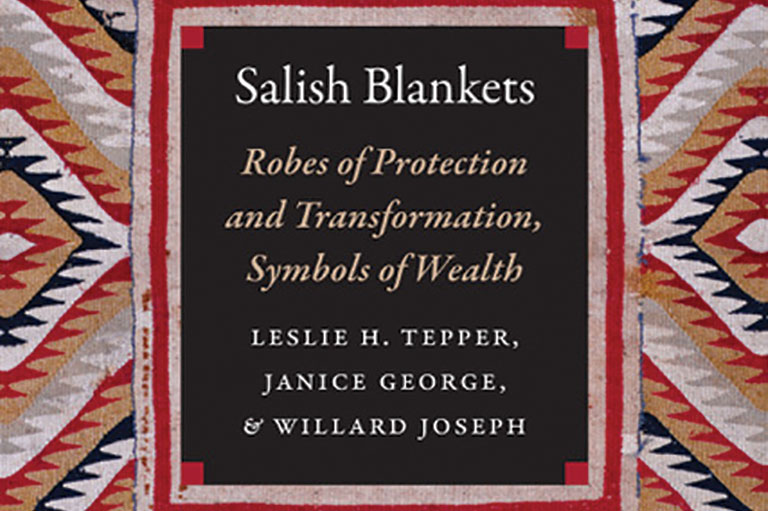In the Footsteps of the Traveller

In the Footsteps of the Traveller: The Astronomy of Northern Dene
by Chris M. Cannon
University of Manitoba Press
448 pages, $34.95
If western-trained astronomers seek answers in the stars, so, too, do Indigenous Peoples. Take Northern Dene, a grouping of Tribes and First Nations in what we now call Alaska, Yukon and the Northwest Territories, for example. Like astronomers and astrophysicists, Dene have always looked up, way up, for knowledge, but also for wayfinding, be it on land or in the spirit world. In his new book, In the Footsteps of the Traveller, Chris M. Cannon, an assistant professor at the Center for Cross-Cultural Studies at the University of Alaska Fairbanks, shows how the realm overhead is linked with the realm underfoot.
Drawing on a 15-year period of research journeys to Dene lands to interact with, interview and learn from Elders and Knowledge Holders, Cannon has divided his work into chapters that reveal how Dene perceive and use the night sky, including realizing vision quests, telling time, wayfinding on land and dividing the year into seasons. The chapters feature illustrations of constellations as seen through Northern Dene eyes and tables with their names in different Dene, or Athapascan, languages. The result is both encyclopedic and personal. For instance, in one of myriad interviews, Cannon introduces the reader to Fred Sangris, who is Yellowknives Dene; Sangris showed the author how he navigates safely by placing poles on the ground that point in the direction he wants to travel, using the stars as a guide.
With 7 uniquely curated newsletters to choose from, we have something for everyone.
The book itself is a guide — albeit a hefty one — for outsiders to glimpse Northern Dene culture. In a time when what remains of traditional knowledge and wisdom is at risk of being lost, it could also serve as a guide for Dene themselves. For people who, for whatever reason, no longer live in proximity to their communities and are seeking to reclaim belonging and Indigeneity, the book is a chart for a different kind of traveller. There’s a human universality to looking up to see our past and chart a course forward, and Northern Dene are no exception. What the rest of the world hasn’t realized — or, perhaps, has chosen to ignore — as Cannon suggests, is that the knowledge of the stars these cultures and communities hold goes far back in time.
With a density of galactic proportions, the book may, no doubt, be somewhat intimidating for the casual reader. But for nerds like me, it opens a universe of discoveries, not only of the constellations that figure in different Northern Dene cultures but also of how these relate to Dene languages and cultures as they’re practised on the ground. To look to the stars is a form of practical and figurative wayfinding; it’s a form of, and a tool for, survival. And as such, it shows that ways of being practised since time immemorial are as relevant today as they surely were at the advent of humanity on this continent.
We hope you will help us continue to share fascinating stories about Canada’s past.
We highlight our nation’s diverse past by telling stories that illuminate the people, places, and events that unite us as Canadians, and by making those stories accessible to everyone through our free online content.
Canada’s History is a registered charity that depends on contributions from readers like you to share inspiring and informative stories with students and citizens of all ages — award-winning stories written by Canada’s top historians, authors, journalists, and history enthusiasts.
Any amount helps, or better yet, start a monthly donation today. Your support makes all the difference. Thank you!
Themes associated with this article
Advertisement




